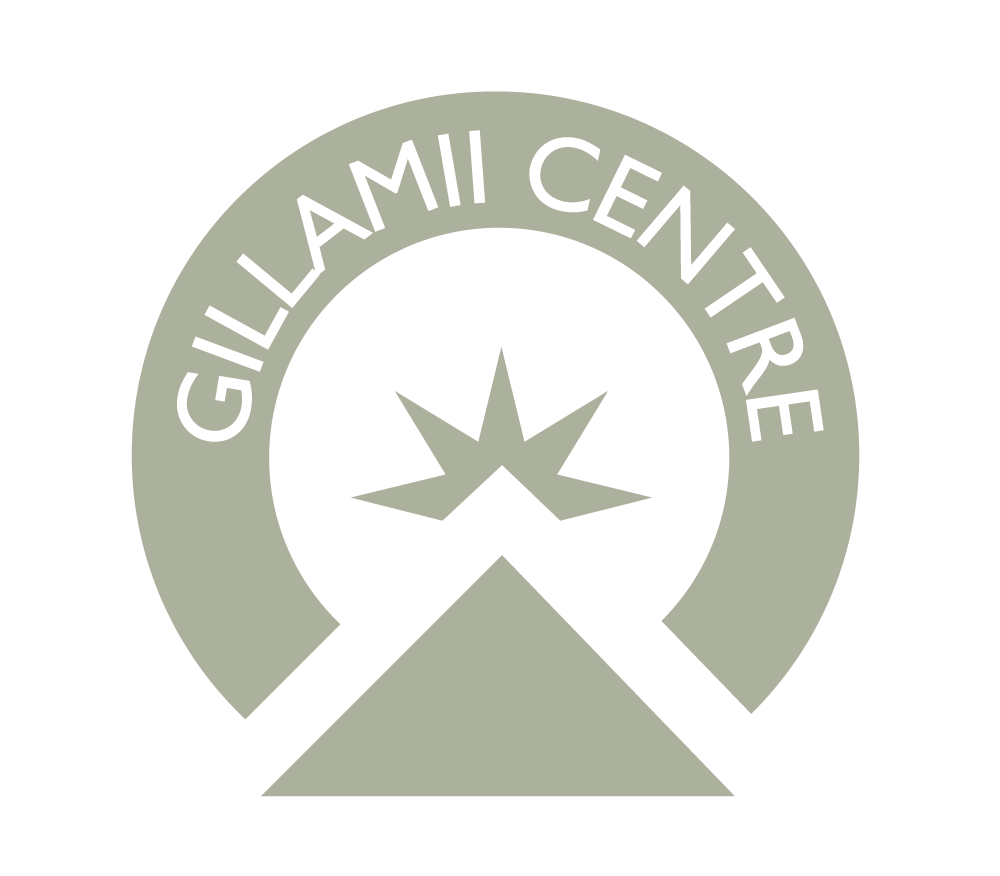Soil Health for Vine Variation Management
Period: 2017-18
Funding Body: National Landcare Program, South Coast NRM, Alkoomi Wines
Funds: $19,452
Project Officers: Kanako Tomita, Ben Johnston Intrepid Winemakers.
Summary
The main aims and objectives of this trial are to monitor the outcomes on soil health and variability by the application of different treatments to the soil under vine after analysis with EM38, NDVI imaging and Radiometrics.
Outcome
There appeared to be improvement in bunch size and yield due to all treatments. Mulching had the most and quite significant impact, with a 100% increase in weighs hence value.
The trenched trial data appears to be unreliable due to an outlier. But even the mycorrhizae treatment showed $0.53 per metre increase in revenue. However, we need to continually emphasise that this is one season of data, and the results should be treated as indicative and not conclusive.
The trial was a live run in an active vineyard where there was a change in vineyard manager during the trial. There were changes in irrigation strategies that may have influenced the trial. But I do feel we mitigated this matter well with the multiple ranges of controls.
More lead in time to the trial, as well as a time extension of another 2 or 3 years would help understand the significance of the data collected.
It would also be interesting to see how the treatments measured up after 3 years.
The trial itself was performed on extreme variation but on 40 year old vines. It would be interesting to apply treatments to 10 year old vines for example, and maybe where the soil variation was less noticeable too see if the treatments could completely mitigate variation or not.
There was significant interest in the soil and canopy mapping that the Precision Viticulture provided. In particular, as a tool to providing ‘similar’ packages of fruit for the wineries.
A conversation also started in reference to access to marc/compost. Having access to marc is a luxury that vineyards with wineries associated with them have but not stand alone vineyard operations. There was mention of a co-op to collect/process/distribute the marc.
There was concern that the significant change in irrigation strategy may have had an effect on the results. But the control indicated otherwise. Still would like to see more data collected over the following 2 years. Their seemed to be a need to clarify that the marc/compost was not a nutrition addition but a soil amendment. Any improvements in nutrition demonstrated by the trial were due to factors other than direct application of nutrients.
According to the trial results, there was a neutral cost benefit ratio due to the increase in weight/yield. However, if the benefits were to follow on in the next two years with no additions expected to be added, there is potential for a positive cost benefit ratio.
Report


